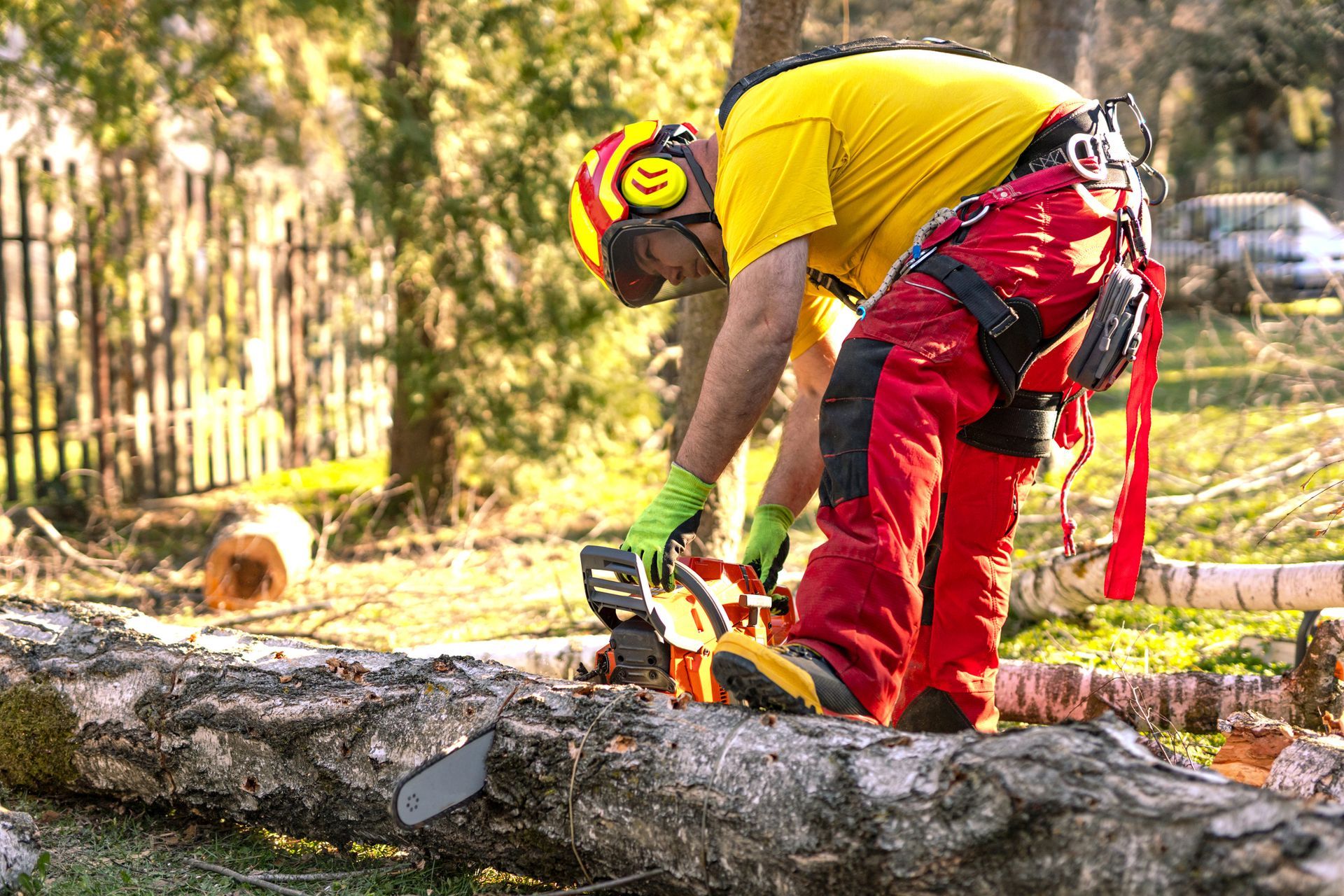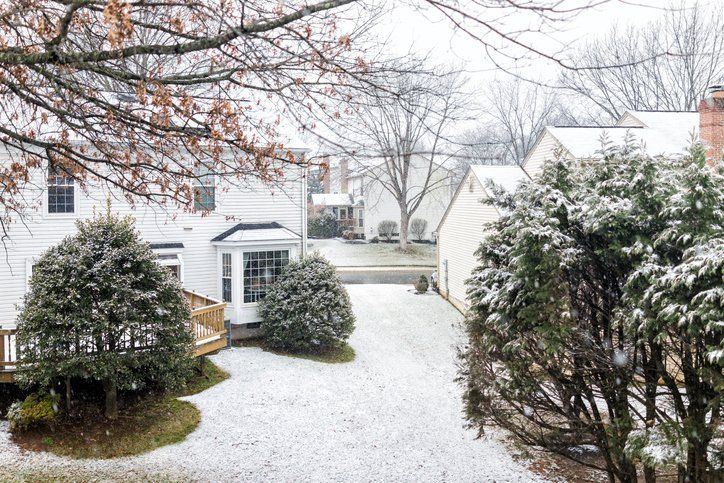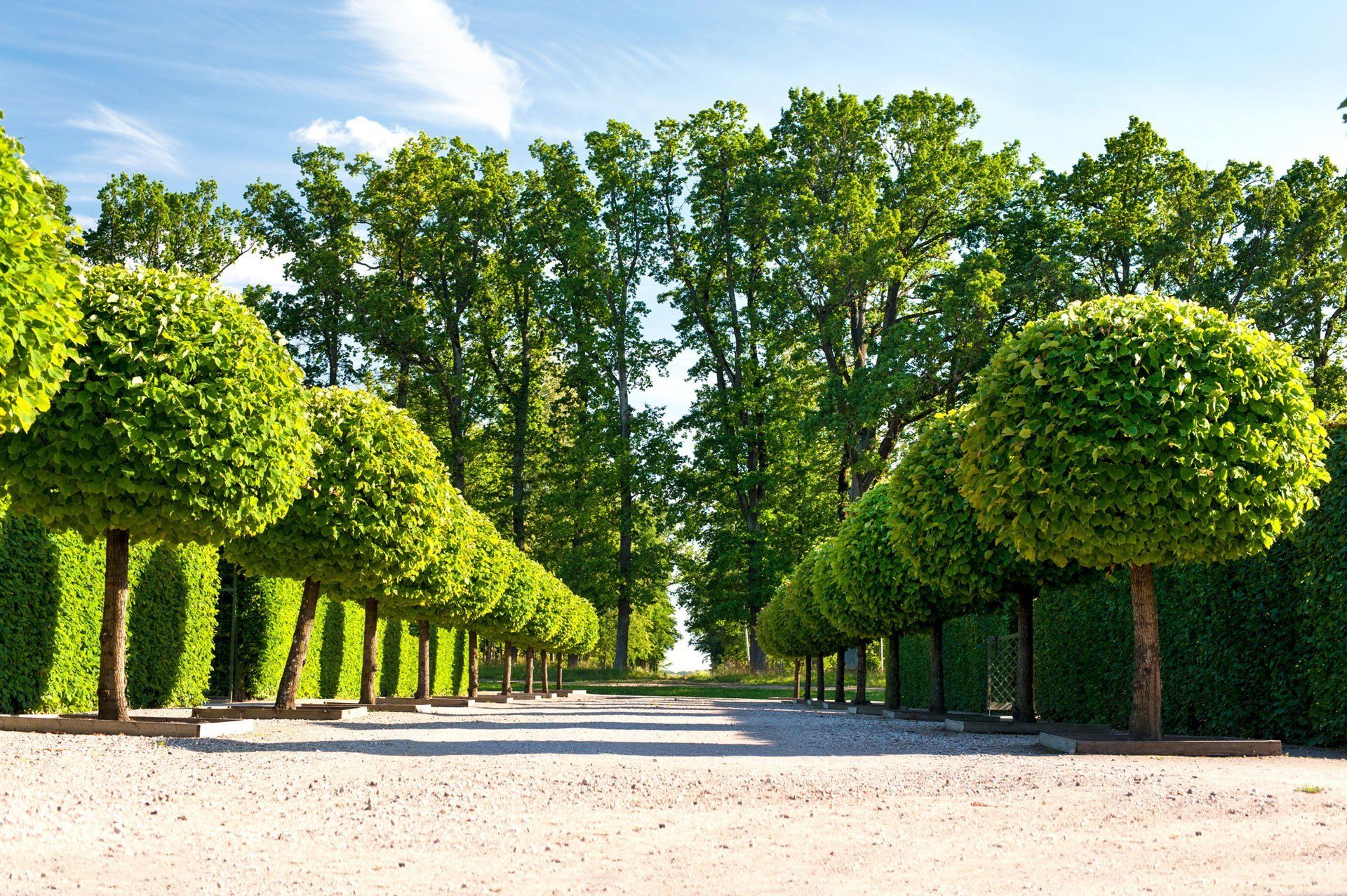3 SIGNS YOUR RIVER BIRCH TREE IS IN DISTRESS
By Admin • November 6, 2018
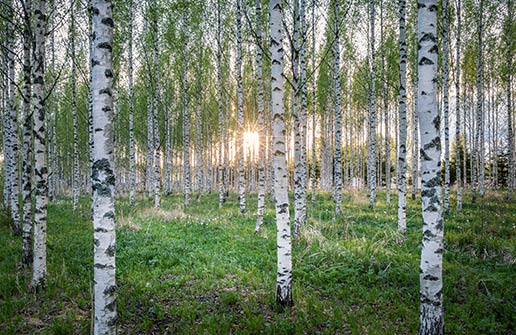
Trees enhance your home's curb appeal, and they can also increase your home's value. Certain trees can also add shade that aids in energy-efficiency by creating a layer of insulation between your home's interior and the outdoors.
The river birch is one tree that can add a great deal of appeal, value, and shade to your home because it grows fast and grows tall. You can expect the tree to grow up to 90 feet tall. Of course, as with any tree, certain diseases and infections can take control that requiring efficient and effective treatment. If your river birch is showing one or more of these signs, it is time to consult the professionals
because your tree is in distress.
1. SPOTTY LEAVES
If you notice small spots on the tree's leaves that are tan, brown, or even black in color, the tree is most likely infected with leaf spot disease. Although leaf spot disease is mostly caused by a fungus, some bacteria and insects have been known to cause the infection, as well. The spots may be circular in shape, or they can grow large enough to create clusters across the leaves of your river birch tree.
Without treatment, the leaves will yellow and eventually drop. This early defoliation can kill young trees, but most mature river birches can survive leaf spot disease.
Trimming off all limbs that are infected with leaf spot is beneficial for stopping the fungal disease from spreading. For severe infections, consider spraying the infected leaves in the early spring before the fungus spreads further through the tree.
Prevention is your best weapon against leaf spot disease. Overwatering can lead to fungal growth, which may cause the leaf spot disease, so you shouldn’t overwater to prevent the disease. Also, prune your River Birch regularly to increase the airflow through your tree.
2. SOOTY RESIDUE
Sooty mold is another common disease that may infect your river birch tree. Like the name suggests, the disease's main symptom is a black, sooty residue that grows on the tree's limbs, branches, and leaves.
While surprising to learn, insects are the primary cause of sooty mold.
Aphids, scales, and other common pests that infest trees secrete honeydew onto various parts of your tree. Mold feeds on the honeydew and build up a sooty residue as it grows and spreads across the tree.
As it spreads, the mold reduces the amount of light your river birch receives. Without sufficient light, the tree will struggle to grow and survive.
To cure your tree of sooty mold, you need to treat and control the insects that secrete honeydew. Pruning infected areas of the tree is key. Insecticide or neem oil is also effective for killing and repelling pests.
3. DISCOLORATION
Most leaves will turn yellow and brown in color during the fall season. But discoloration of the leaves on a tree infected by root rot disease can occur during any season. The leaves may also drop before the fall season.
Discoloration may also be seen in the wood of your river birch tree. Branches and limbs may turn to a dark brown color. The lower part of the tree trunk may also appear a dark, reddish brown color. If you scrape away a layer of bark on the trunk or branches, you may notice white fungal growth, as well.
Another sign of root rot disease is the growth of mushrooms around the base of the tree. Caused by fungal growth that starts in the root, root rot disease spreads from the bottom up through the entire tree.
Unfortunately, there is no cure for root rot disease. Removing the tree is essential to prevent the fungal growth from spreading through the root system into other plants and trees in your landscape.
With proper understanding and care, your river birch can be a great addition to your landscape design. For more information on tree care, contact County Tree Service today.

When you need dependable tree service in Chesterfield, MO , County Tree Service is the name to know. From precision tree trimming to safe removals and storm cleanup, our experienced team handles it all with care and professionalism. We’re dedicated to keeping your yard safe, clean, and beautiful year-round. Call 314-920-7263 today for expert tree service in Chesterfield

For professional tree service in Fenton, MO , trust the experts at County Tree Service. Whether you need tree removal, trimming, or storm damage cleanup, our skilled team is ready to handle the job safely and efficiently. We take pride in keeping your trees healthy and your property looking its best. Call 314-920-7263 today for reliable tree service in Fenton you can depend on!

Need expert tree service in Ballwin, MO ? County Tree Service offers safe, efficient tree removal, trimming, and storm cleanup for homes and businesses. Our experienced crew is dedicated to keeping your property safe and your trees healthy year-round. Call 314-920-7263 today for trusted tree service in Ballwin from

Looking for dependable tree service in Saint Louis, MO ? County Tree Service is your go-to team for expert tree trimming, safe removals, and complete tree care. With years of experience and a commitment to customer satisfaction, we keep your trees healthy and your property safe. Call 314-920-7263 today for professional tree service you can count on in St. Louis!
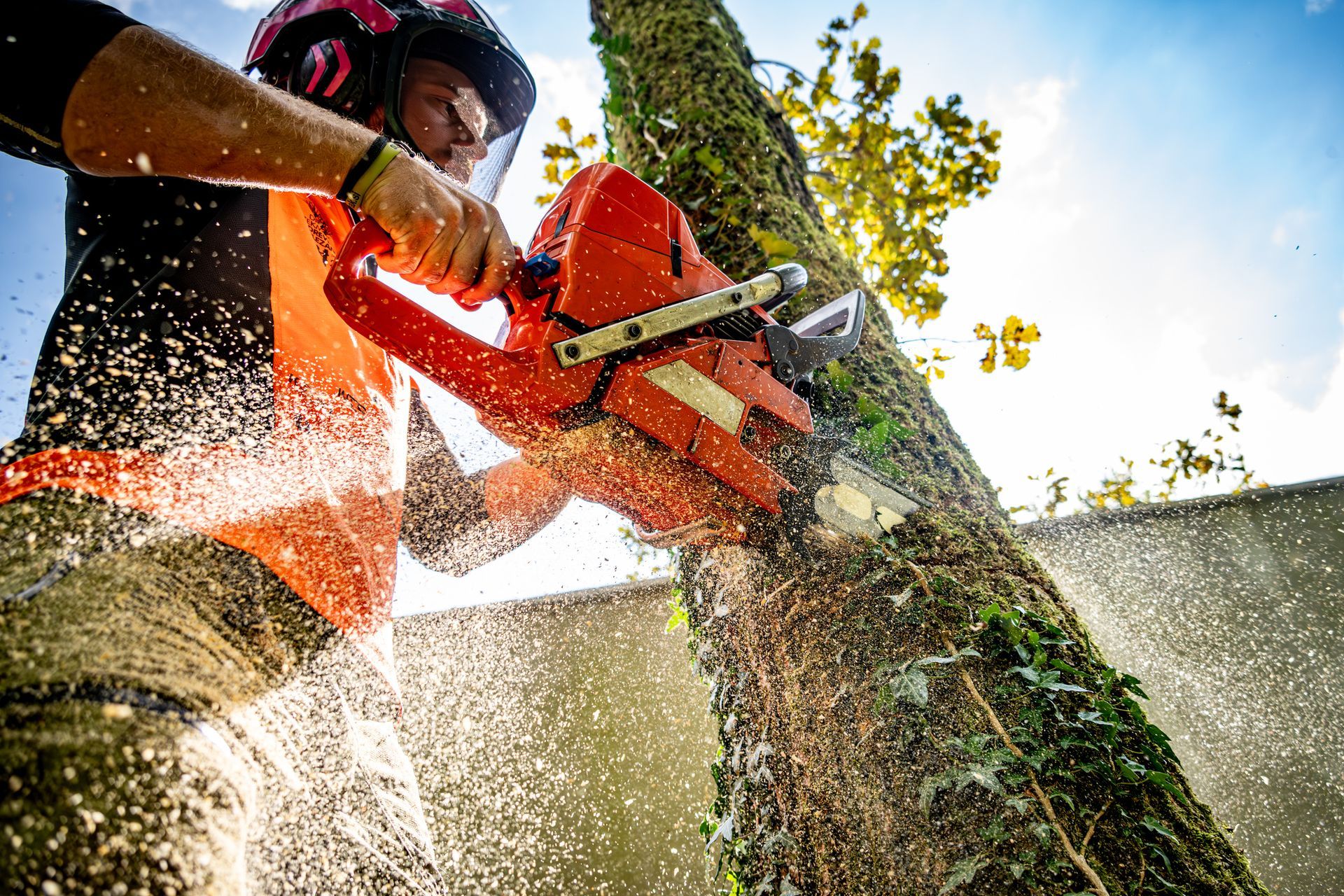
When you need dependable tree services in Fenton, MO , County Tree Service is the local company to trust. We offer comprehensive tree care, including tree removal, trimming, stump removal, and wood chipper services to keep your property safe and beautiful. Fenton’s trees face challenges like storms, pests, and disease—our skilled team is equipped to handle all of these with professional care and attention to detail. Whether it’s routine maintenance or emergency service, we’re ready to help. For reliable tree services in Fenton, MO , call County Tree Service at 314-920-7263 today for a free estimate.

If you’re looking for professional tree services in Ballwin , MO, County Tree Service offers the expertise and equipment to handle all your tree care needs. From safe tree removal and expert trimming to stump removal and wood chipper services, we keep your property healthy and attractive. Our team understands the specific needs of Ballwin’s trees and environment. Whether it’s preventative maintenance or storm damage cleanup, we provide reliable, affordable tree services you can count on. For expert tree services in Ballwin, MO , contact County Tree Service today at 314-920-7263 for a free estimate.
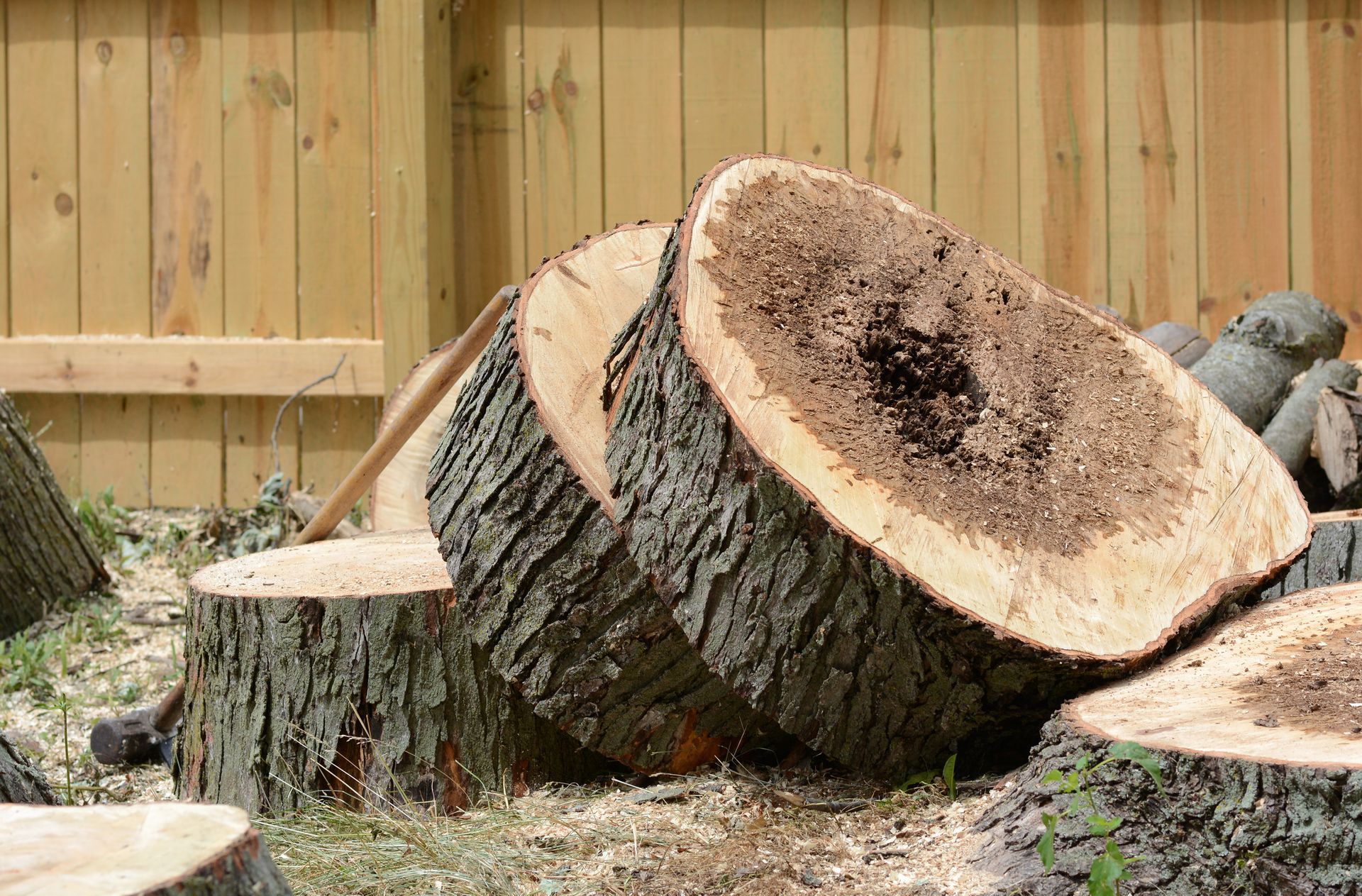
For professional and trustworthy tree services in Chesterfield, MO , County Tree Service is your local expert. We provide comprehensive tree care solutions to keep your property safe, healthy, and looking great all year long. Our team offers a full range of services including tree removal , tree trimming , stump removal , and wood chipper services . Whether it’s routine maintenance or emergency tree work, we handle every job with precision and care. Chesterfield’s climate and environment can challenge your trees, but with our expert tree services in Chesterfield, MO , you can rest easy knowing your trees are in good hands. Contact County Tree Service at 314-920-7263 today for a free estimate and expert advice on your tree needs.

